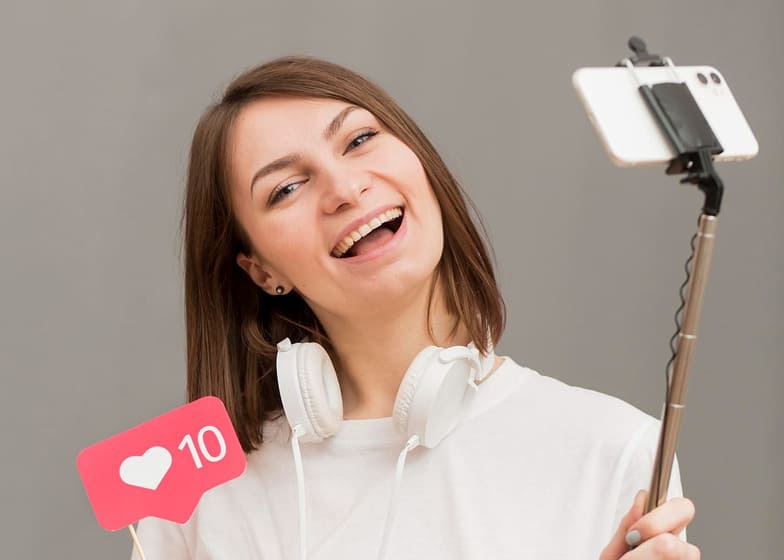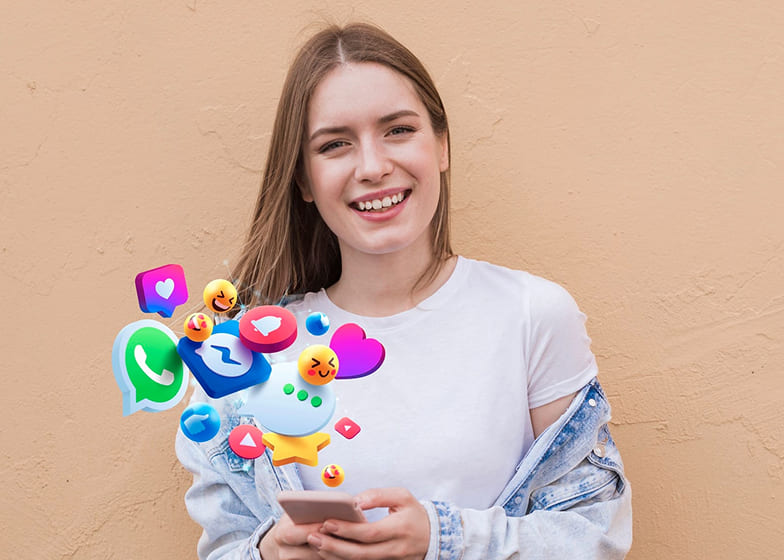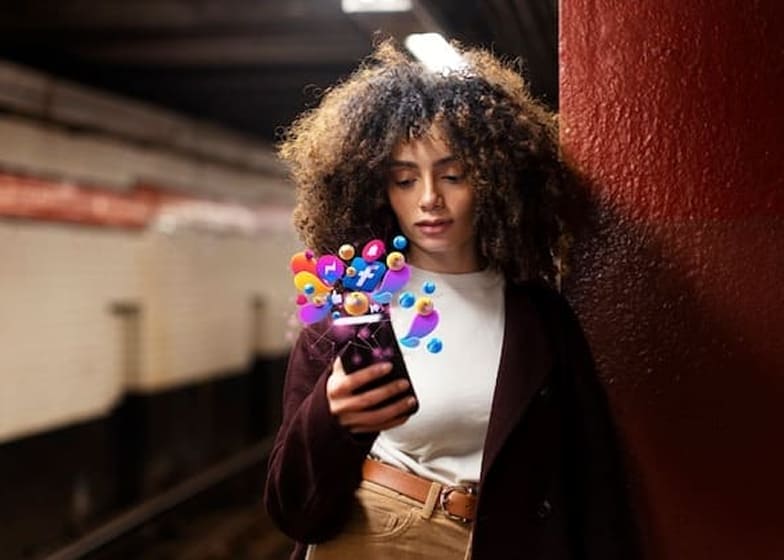Paid social media advertising is a powerful tool for businesses and creators looking to reach a larger and more targeted audience than organic posts alone. Unlike organic content, which relies on followers and natural engagement, paid advertising allows you to place your content directly in front of users based on demographics, interests, behavior, and location. Platforms like Facebook, Instagram, LinkedIn, Twitter, and TikTok offer sophisticated targeting options, making it possible to connect with audiences who are most likely to engage with your brand.
Getting started with paid social media advertising begins with defining clear goals. Whether your objective is to increase brand awareness, drive website traffic, generate leads, or boost sales, knowing your goal helps determine the type of ad, budget, and targeting strategy. Each platform provides different ad formats, including image ads, video ads, carousel ads, and story ads, so it’s important to select the format that aligns with your campaign objectives and audience preferences.
Budgeting and bidding strategies are another critical aspect. Paid social media advertising operates on auction systems where your ads compete for placement against other advertisers targeting similar audiences. You can choose between daily or lifetime budgets and select bid strategies, such as cost-per-click (CPC) or cost-per-impression (CPM), to maximize efficiency. Monitoring performance regularly and adjusting your approach based on metrics like click-through rate (CTR), conversion rate, and engagement ensures your advertising investment delivers the best results.
creative and compelling content is key to the success of paid campaigns. Ads that capture attention, resonate with the audience, and include a clear call-to-action are more likely to generate clicks and conversions. Testing different variations, such as headlines, visuals, and ad copy, helps identify what works best for your audience. By combining precise targeting, clear goals, thoughtful budgeting, and engaging creative, paid social media advertising can significantly amplify your brand’s reach and drive meaningful results.
Paid Social Media Advertising: Beginner’s Guide
Define Your Goals
Before starting any paid campaign, you need to be crystal clear about what you want to achieve. Goals act as the foundation for your strategy and influence every decision—from ad format to audience targeting and budget allocation.
Types of Goals:
- Brand Awareness: Show your brand to new users who may not know you yet. For example, a new coffee brand might run awareness ads on Instagram to reach users interested in beverages or local cafes.
- Engagement: Encourage users to interact with your content through likes, shares, comments, or follows. This can help boost algorithmic visibility.
- Website Traffic: Drive users to your website, blog, or landing pages. A fashion retailer, for instance, can run ads linking to their new collection.
- Lead Generation: Collect contact information, like emails, for newsletters or service inquiries. Tools like Facebook Lead Ads simplify this process.
- Conversions/Sales: Focus on getting users to complete specific actions, such as buying a product, signing up for a service, or downloading an app.
Specific, Measurable, Achievable, Relevant, and Time-bound—to evaluate campaign success. For example, “Increase website visits by 20% in 30 days via Facebook ads” is clear and measurable.
Choose the Right Platform
Each social media platform has unique audiences, content formats, and advertising features. Choosing the right platform ensures your ads reach the people most likely to engage or convert.
Platform Insights:
- Facebook & Instagram: Excellent for both B2C and B2B, offering detailed targeting options like interests, behaviors, and demographics. Great for visual content like images, reels, and carousel ads.
- LinkedIn: Best for professional, B2B campaigns. Ideal for lead generation, job promotions, or targeting business decision-makers.
- Twitter/X: Works well for trending topics, quick updates, and driving website clicks. Short-form copy with hashtags performs best.
- TikTok: Highly effective for younger audiences and viral campaigns. Creative, short-form video ads perform well.
- Pinterest: Ideal for lifestyle, fashion, travel, and product discovery. Keywords and visual content dominate engagement.
Research where your target audience spends most of their time. Instead of advertising everywhere, focus resources on platforms with the highest potential ROI.
Understand Your Audience
Targeting the right audience is critical to avoid wasting ad spend. Social media platforms offer sophisticated targeting tools, allowing you to focus on the people most likely to engage with your ads.
Audience Considerations:
- Demographics: Age, gender, location, language, and education level.
- Interests & Behaviors: Hobbies, browsing habits, purchasing behavior, and online activity.
- Custom Audiences: Retarget existing customers or website visitors. For example, show ads to users who abandoned a shopping cart.
- Lookalike Audiences: Reach new users who resemble your existing customers, increasing the chances of conversion.
Create detailed buyer personas. The more granular your audience targeting, the higher the effectiveness of your ads. Use A/B testing to refine your understanding of audience behavior.
Set Your Budget and Bidding Strategy
Budgeting is crucial to control spending while maximizing results. Paid social media platforms operate on auction-based systems, where your ads compete for placement.
Budget Types:
- Daily Budget: The amount spent each day. Good for long-term campaigns with consistent results.
- Lifetime Budget: Total spend over the campaign’s duration. Allows platforms to optimize delivery within the set budget.
Bidding Strategies:
- CPC (Cost Per Click): Pay only when someone clicks your ad. Ideal for traffic-focused campaigns.
- CPM (Cost Per 1,000 Impressions): Pay for every 1,000 views. Works well for awareness campaigns.
- CPA (Cost Per Action): Pay only when a user completes a specific action, like a purchase or signup.
Start with a smaller budget to test campaigns, then scale what works. Monitor performance closely to adjust bids and optimize ROI.
Create Compelling Ad Content
Even with perfect targeting, ads fail if the creative doesn’t capture attention. Compelling content grabs users’ interest, communicates value, and motivates action.
Creative Elements:
- Visuals: High-quality images or videos relevant to your audience and objective.
- Copy: Clear, concise, and persuasive text with a strong headline.
- CTA (Call-to-Action): Tell users exactly what to do—e.g., “Shop Now,” “Sign Up,” or “Learn More.”
- Ad Format: Choose between carousel ads, single images, videos, stories, or reels depending on your goal.
Run A/B tests with different images, copy, and CTAs to determine which combination drives the best results. Use audience insights to create tailored creatives.
Set Up Your Campaign
The setup process involves configuring all elements of your ad campaign within the platform’s ad manager.
Step:
- Select campaign objective based on your goal (awareness, engagement, conversions).
- Define audience targeting, including location, demographics, interests, and behaviors.
- Set budget, bid strategy, and schedule.
- Upload ad creative, add copy, and CTA.
- Preview ads to ensure proper display on all devices.
Double-check all links, images, and tracking pixels before launching. Small errors can reduce performance or waste budget.
Monitor and Analyze Performance
Regular monitoring is essential to ensure your campaigns are delivering results. Analytics help you understand what works and where improvements are needed.
Key Metrics:
- Click-through rate (CTR)
- Impressions and reach
- Engagement rate (likes, shares, comments)
- Conversion rate and ROI
- Cost-per-click (CPC) or cost-per-acquisition (CPA)
Use A/B testing to compare different ads, audiences, or formats. Pause low-performing ads and reallocate budget to top performers. Platforms like Facebook Ads Manager provide in-depth reporting tools for this purpose.
Scale Successful Campaigns
Once you identify high-performing ads, scale them gradually. Increasing budget, expanding target audiences, or adding new ad formats can amplify results without losing efficiency.
Retarget and Build Loyalty
Retargeting allows you to reconnect with users who have interacted with your brand but didn’t convert. This includes website visitors, social media engagers, or cart abandoners.
Evaluate and Refine Your Strategy
After each campaign, conduct a thorough review. Identify which ads, creatives, and audiences delivered the best results. Adjust your approach for future campaigns based on insights.
Summary
Paid social media advertising allows businesses to reach a targeted audience, increase brand visibility, and drive measurable results faster than organic content alone. By defining clear goals, selecting the right platform, understanding the audience, and creating compelling ad content, beginners can design effective campaigns. Strategic budgeting, monitoring performance, and optimizing campaigns through A/B testing and retargeting further enhance engagement, conversions, and ROI. When executed thoughtfully, paid social media advertising becomes a powerful tool for growing your audience, boosting sales, and strengthening your brand presence online.













